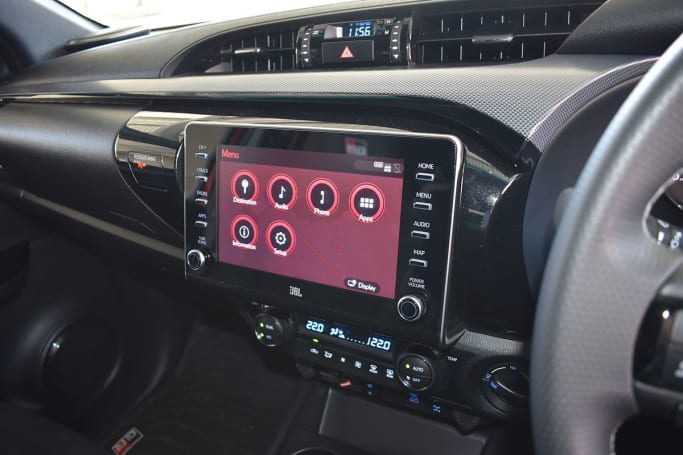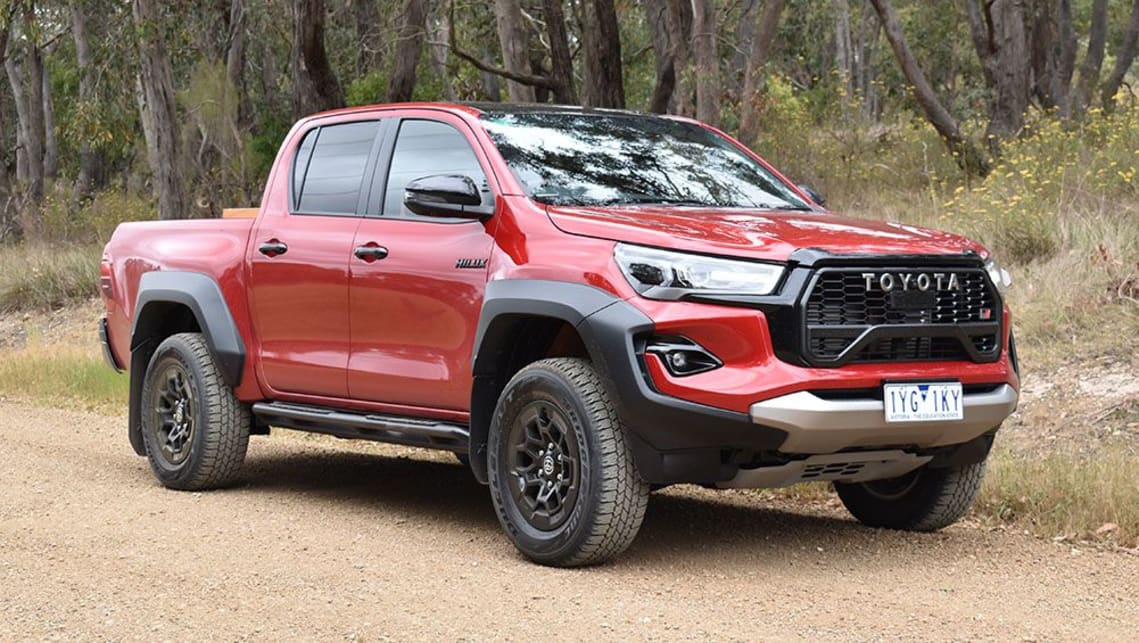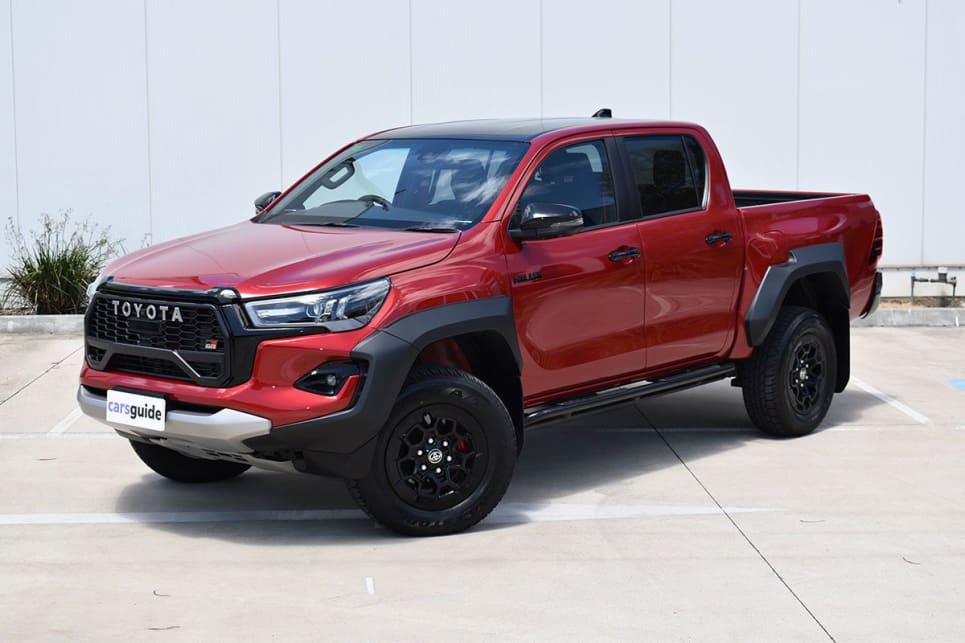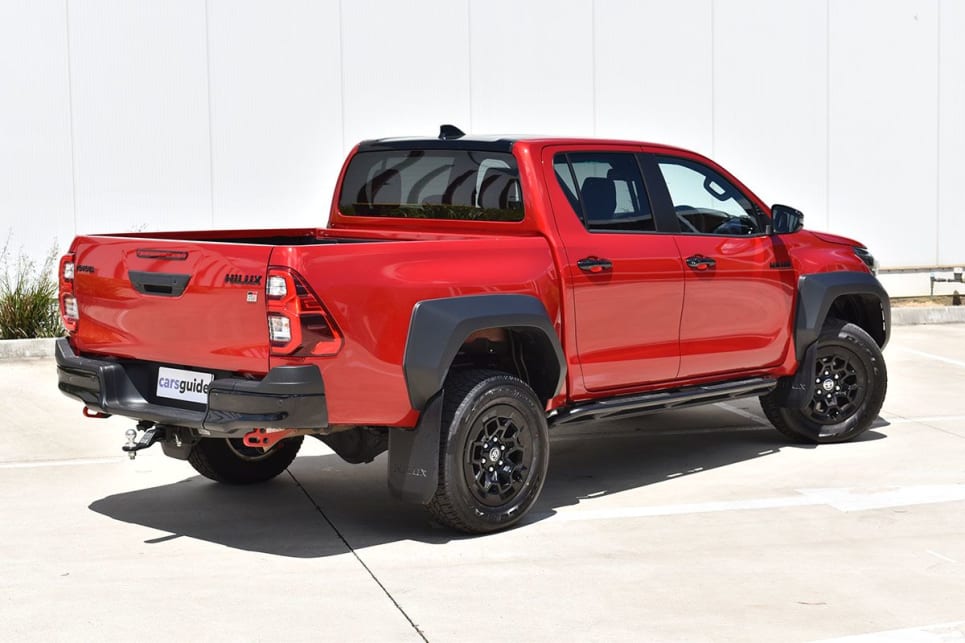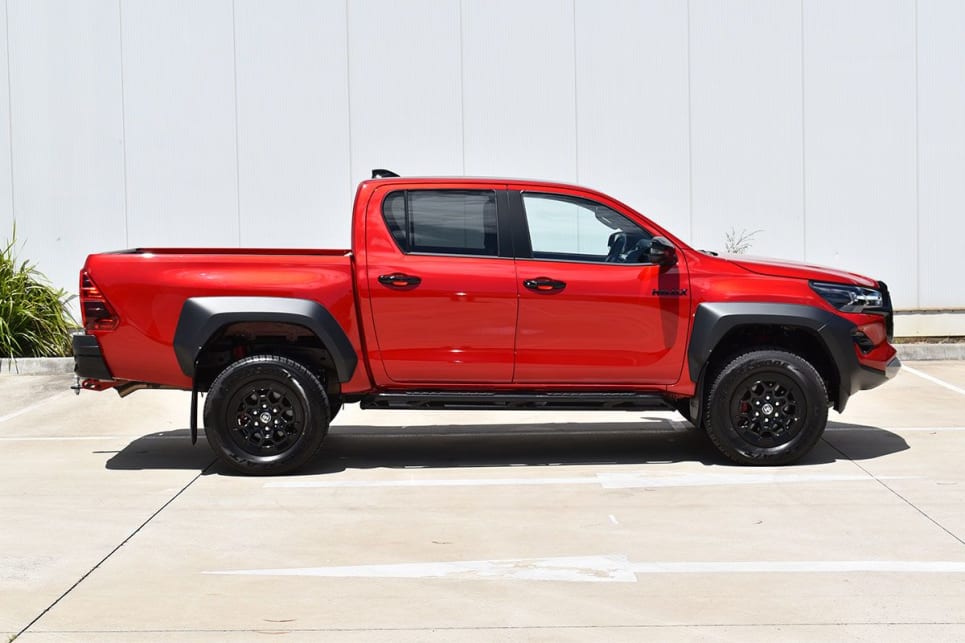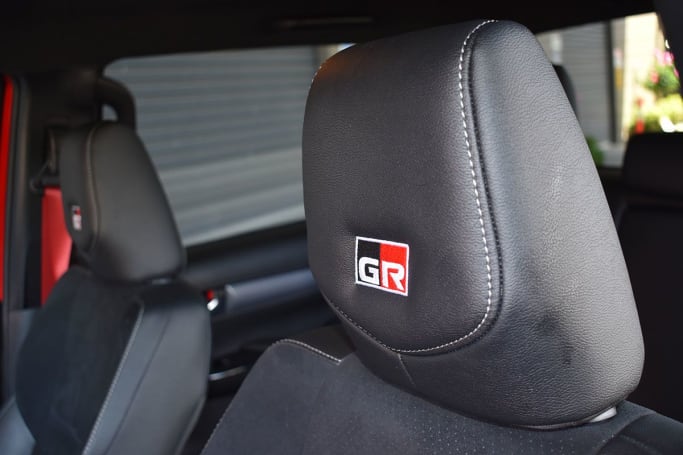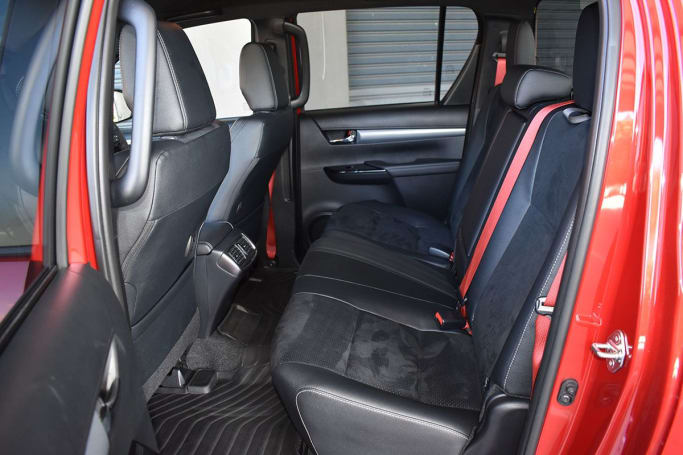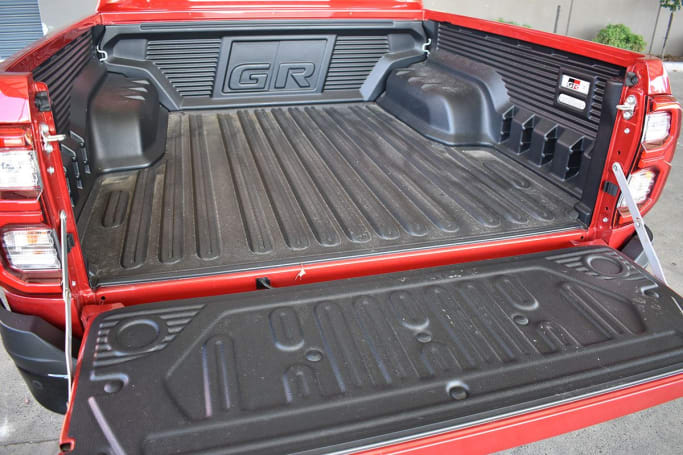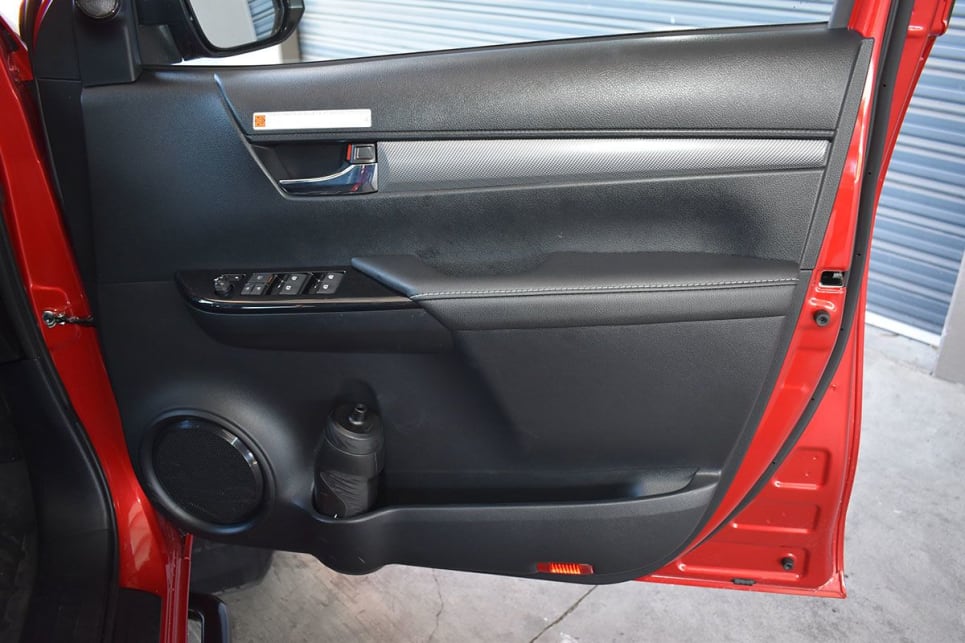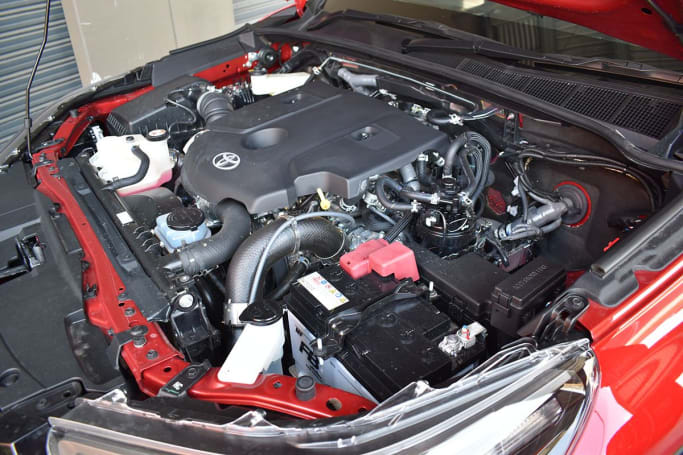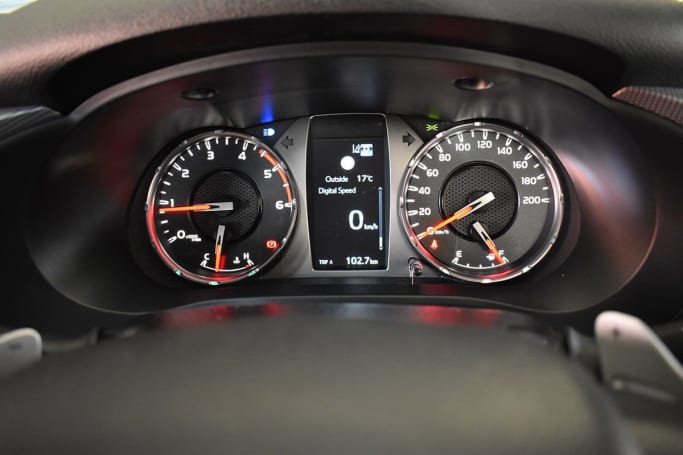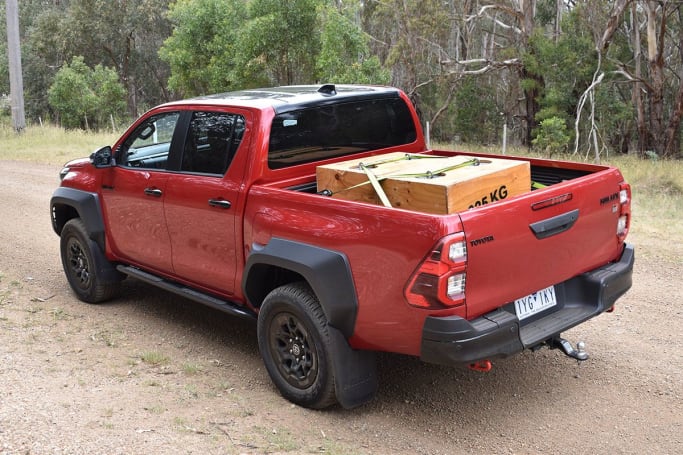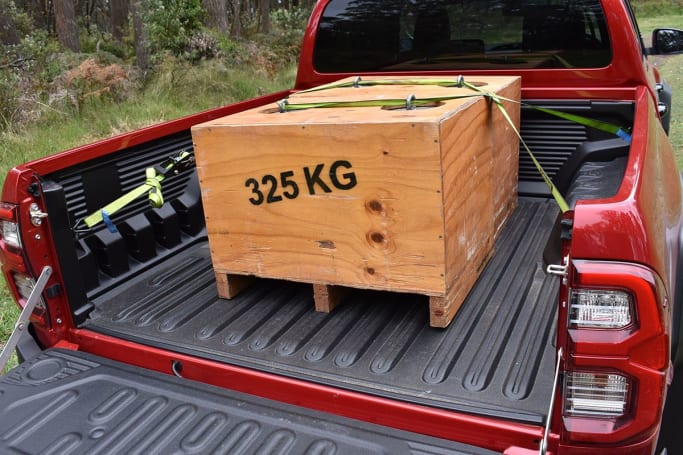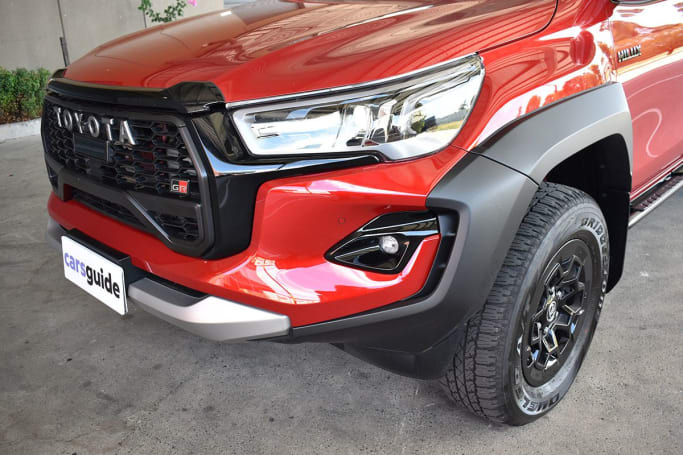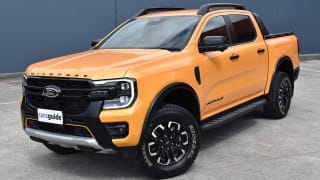Our 'Feverish Red' GR Sport test vehicle is available only with a unique 165kW/550Nm performance-enhanced version of the ubiquitous '1GD-FTV' 2.8-litre turbo-diesel engine and 'AC60F' six-speed torque converter automatic, for a list price of $73,990.
That's $3230 more than the Rogue from which it's derived, making the GR Sport the most expensive offering in the HiLux range. Our example also features the two-tone premium paint option (black roof) which adds another $1000.
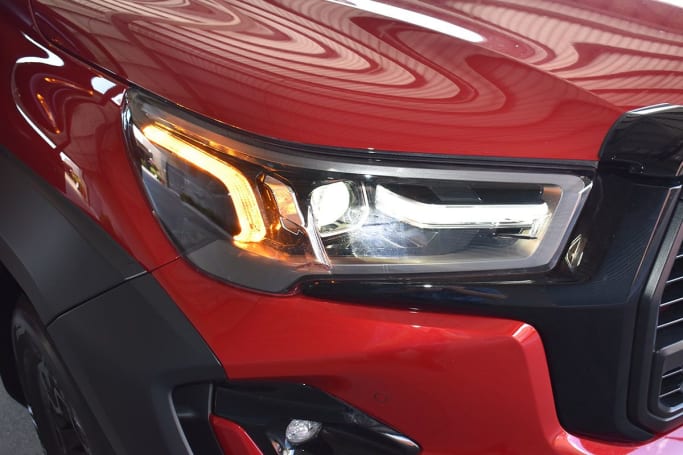
The GR Sport shares much of its standard equipment list with the Rogue, including smart entry/start, LED lights, rear privacy glass, dual-zone climate control, one USB port, one 220V domestic socket and two 12V sockets in the cabin (but no USBs for rear passengers), 4.2-inch driver's info display and nine-speaker JBL premium sound with 8.0-inch multimedia touchscreen and multiple connectivity including Android and (wireless) Apple devices, to name a few.
It also brings a suite of unique GR Sport features beyond chassis and engine enhancements (see Design), starting with gloss black 17-inch alloys and 265/65R17 Bridgestone Dueller AT tyres with a full-size alloy spare.
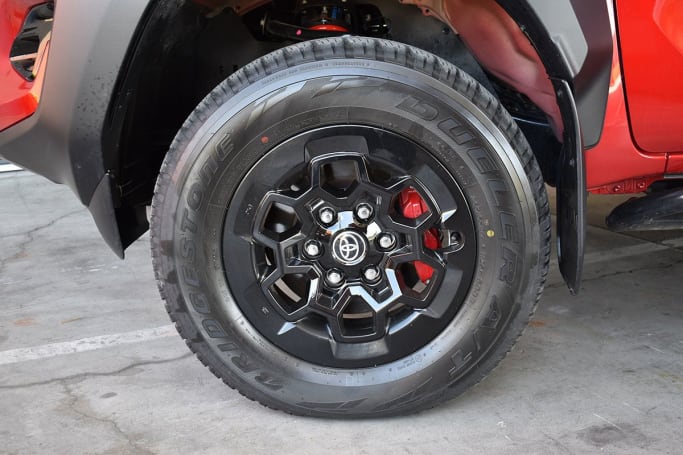
There's also a unique GR Sport front bumper, fascia, mesh grille, satin dark grey wheel-arch extensions, gloss black rear bumper/door handles/mirror caps/body badging, front underbody skid plate, red rear recovery points, heavy-duty steel rock-rails, five-piece moulded composite load tub-liner with GR-branded headboard/anti-slip floor and 3500kg tow-bar and wiring harness.
The interior also gets a unique GR Sport treatment with suede and leather-accented sports seats with GR logos, leather-accented steering wheel with GR logo and paddle-shifters, aluminium sports pedals, contrasting red seatbelts on all seats, unique 'technical mesh' trim on dash and door linings, instrument panel GR logo on start-up and all-weather floor mats with GR logos for driver and front passenger.
